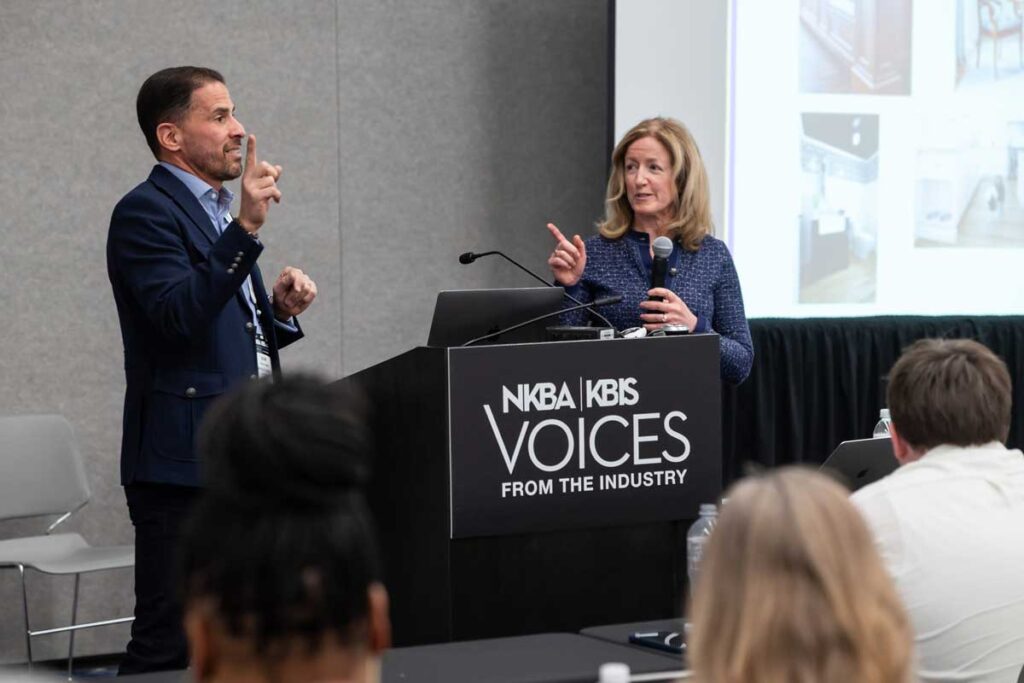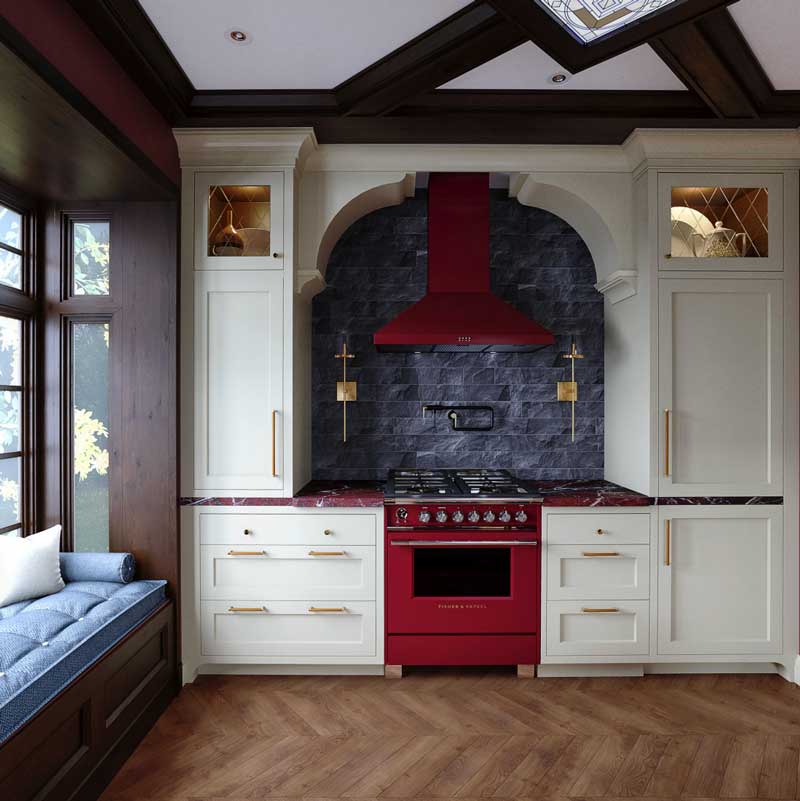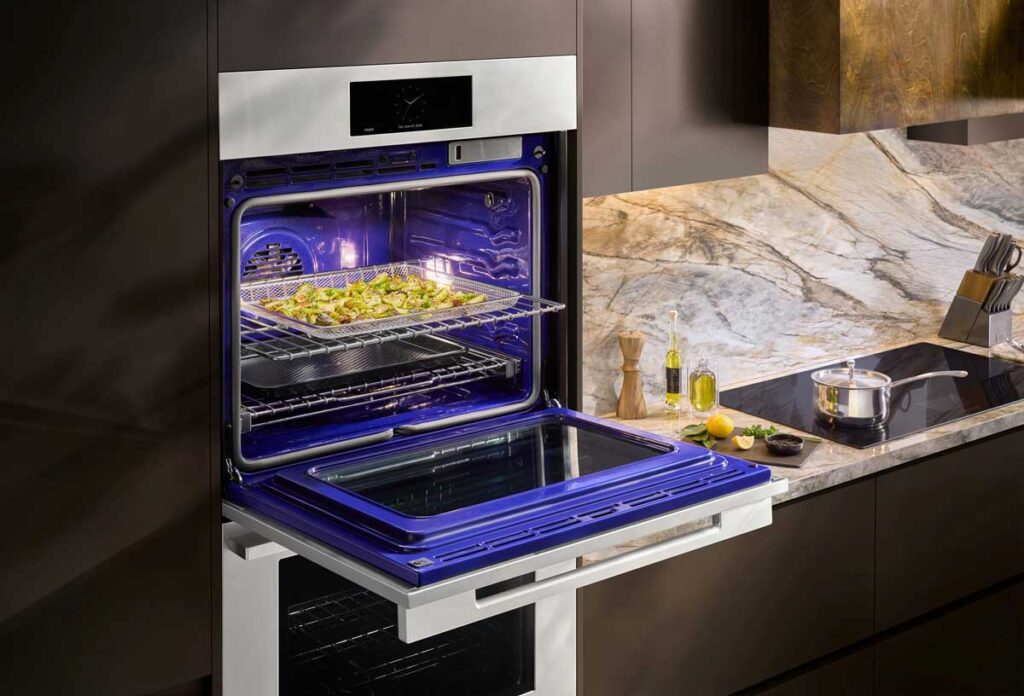Practical Tips Featured in NKBA-KBIS Lighting in Kitchen & Bath Design Report

By NKBA Editorial Staff
Historically, lighting hasn’t been prioritized in the planning and budgeting of major kitchen and bath projects. But as the importance of lighting in residential design has become increasingly obvious, professionals are sharing advice about how to ensure lighting receives the attention and resources it deserves. These insights are featured in the first-ever NKBA-KBIS Lighting in Kitchen & Bath Design report, a qualitative study on the topic of lighting in kitchen and bath design.
NKBA Design Competition Now Open — Enter Today!
Among the notable tips shared by 10 leading designers from across the country:
Advocate from the Onset
The design professionals say lighting should receive the same consideration as items like appliances, cabinetry and stone. They recommend, for example, allocating 10 percent to 15 percent of a kitchen renovation budget to lighting – even more for luxury design. This means advocating for its importance early in the planning process with homeowners, whose attention will likely be focused on other, traditionally-prioritized design elements.
Estimate to Avoid Surprises
Designers need to start estimating early in the budgeting and planning process, layering in lighting costs on the builder plans. Developing initial rough estimates can help set and manage client expectations from the start. It’s also important to account for obvious and not-so-obvious cost drivers. Among the most common budgeting issues: incomplete electrical plans, less experienced electricians and the failure to account for costly finishes.
Educate Clients and Demonstrate the Difference
Clients must be educated early on about the key role lighting plays in a project’s success. The pros recommend finding different ways to show clients how impactful good – and bad – lighting can be on the final product. For example, the designers have had clients view before and after project photos to illustrate how proper lighting can solve dark spots and other problems. They have also created design lighting lab experiences, such as taking a client’s favorite piece of art to view under different colors and temperatures.
Design for Value and Prioritize the Spend
When working up a lighting budget, save where possible and splurge where necessary. The surveyed design pros say that lighting in the kitchen, primary bath and powder room should be prioritized. Task lighting should take precedence over ambient lighting – and both are more important than decorative lighting. There are various ways to spend wisely, from using fewer, high quality recessed cans to opting for stock brands rather than custom lighting fixtures.
Expect and Manage Changes
Lighting changes are inevitable, according to these experienced design pros. They say it’s best to try to account for these “audibles” in the budgeting process ahead of time. Otherwise, last-minute decisions made by contractors or homeowners, like fixture swaps, made long after the lighting plan has been “locked in” can have significant consequences.
Build Partnerships
It’s important for designers to build partnerships with builders, architects and electricians. Joint walkthroughs are an effective way to ensure everyone is aligned on lighting design and execution. By working together, everyone can share ideas and knowledge that will produce the best results for a client.
For more useful insights about budgeting and other aspects of lighting in residential design, download and read the full NKBA/KBIS Lighting in Kitchen & Bath Design report here.






















